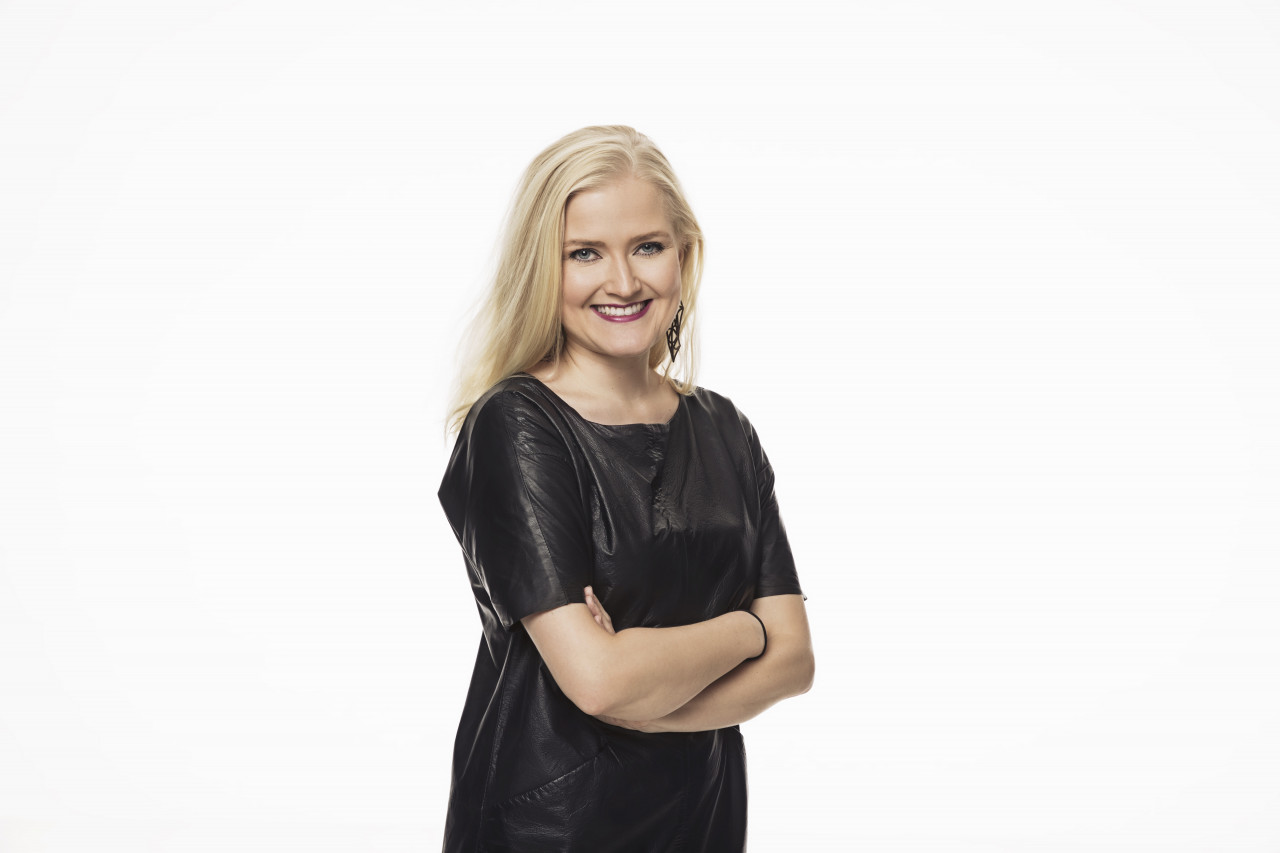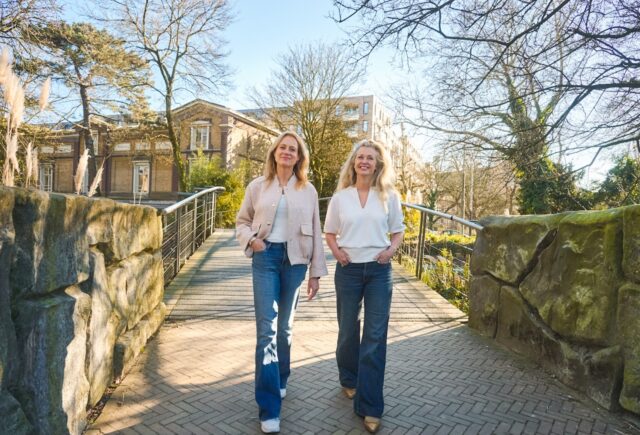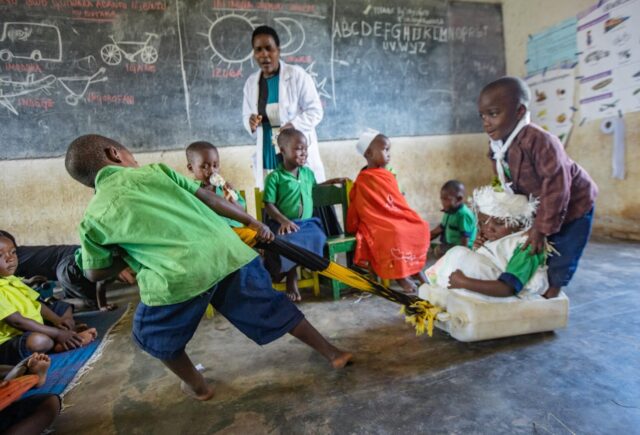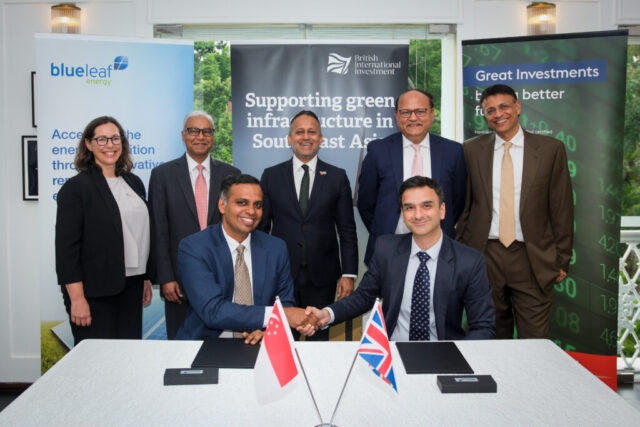The Upright Project, the Helsinki-based tech company measuring net impact of companies and industries, is making waves internationally with its admittedly ‘ridiculous ambition’.

In short
- It’s the Upright Project’s mission to incentivise investors and companies to optimise their net impact by creating an impact scorecard.
- Company’s model is an automated dynamic model way to quantify companies’ net impact on people, planet, society and knowledge based on academic research.
The Finnish company is trying to quantify and estimate the value of everything using a mathematical model. Everything in terms of the net sum of resources companies use and the outcomes they achieve.
Some argue that is impossible or it would have already been done. CEO Annu Nieminen who founded the company in 2017, is OK with that.
She admits that the task is not easy but argues that just because something is difficult it should not be an excuse for not at least giving it a try.
Nieminen said there is an urgent need to update the metrics currently used because investors, companies, consumers and employees need more fact-based information and a big-picture understanding of how their choices impact the world.
Common language needed
Standardisation is key as financial institutions and companies need to have a common language to understand these new metrics, but currently, the space is very fragmented. “We need to structure the concept of impact better,” she said.
Nieminen said the pressure to standardise will not come from individual players, because many are at different stages on their impact journeys. However, they can influence the progress to standardisation by what they demand and how they measure their impact.
Another role is played by regulation such as EU’s SFDR and taxonomy, and many of Upright’s clients are using the Upright metrics to make sure that they are in compliance with the new rules.
Mathematical model
Simply put, Upright’s model is an automated way to quantify companies’ net impact on people, planet, society and knowledge.
To get to the net impact, Nieminen said that the most important question to answer is: “how should we allocate our scarce resources to maximise the likelihood of survival and a thriving future for humanity?”
It’s Upright’s mission to incentivise companies to optimise their net impact by creating an impact scorecard that can also be used by start-ups, funds and investment portfolios.
“We need to not only evaluate how companies do what they do, but also what they actually do in the first place. A single-use plastics company can argue that their products are convenient and nobody has to do dishes, but the fact still remains that their net impact on the world is negative,” Nieminen said.

The Upright model itself is ever-evolving. The company which has a team of 25 people, builds new versions as new products, research and companies are found every day.
The model is inherently collaborative in that Upright puts together the work of millions of researchers by using scientific articles as its main input data.
The aim is to help people collaborate in making more fact-based decisions, she explained, adding that the goal is to make the net impact data publicly available for scrutiny.
Focus on the ‘big stuff’
Another feature of the model is that it only focuses on the ‘big stuff’ or the largest impacts a company has on the world, in order not to lose sight of top priorities in secondary data.
“There is a risk that large resources are spent on tackling issues or questions that will be obsolete in the next few years if you focus on the smaller things,” Nieminen said.
Apart from measuring net impact i.e. costs and gains, the model must consider all types of costs and gains, not only environmental or financial. It must also capture the costs and benefits created in the entire value chain of a company.
All the estimated costs and benefits produced in the model must be compared both within and across industries and across different types of costs and benefits.
Further, the model needs to be scalable and must not assume universal values, as each decision maker has their own set of values.
Nieminen comes from an engineering background and always wanted to use mathematics and computers to solve problems that matter.
“I am often frustrated with how we use artificial intelligence for secondary problems with secondary importance – just to make some simple things slightly more efficient. It is a waste of human resources and brains of talented, passionate young people.”
“It will take at least a decade for businesses and industries to understand the value creation of companies.
We have to update the whole notion of how we quantify value creation and need to understand it to better serve the 21st-century reality,” the CEO said.
“It is becoming increasingly clear that in the environmental challenges that we are facing we cannot measure success or solve the problems we need to solve by using old metrics,” Nieminen said.
Pandemic challenges status quo
She believes that the challenges we are currently facing as a result of the global pandemic are helping humanity understand and come to terms with the fact that we need to update many of our metrics.
The true impact of the pandemic will take many years to become clear, but already now Nieminen notices in discussions with asset managers and asset owners that they are more willing to challenge the status quo and current way of thinking.
“We have been taught such a big lesson that progress is not necessarily linear and anything can happen,” she said. “For instance, asset managers have not been looking at climate change beyond the usual risk metrics used in the industry, as concretely, systematically or using scenario-based analysis, until now.
“So the pandemic has jump started this way of thinking, emphasising that just because something has worked for thirty years it will not necessarily work for the next thirty,” Nieminen said.
Facing the facts
Increasingly, asset managers who get in touch with Upright are more forward-looking. They are not just concerned with existing products, but want to use the Upright models when thinking about creating new products, even setting impact targets ahead of launching the products.
However, the asset managers that come on board cannot selectively choose to which aspects of their own business or funds Upright will apply its impact measuring tools. It is all or nothing.
“We have already had some grumbling about not having as good a net impact as expected. But the numbers are the numbers. People will have to get upset for real change to happen,” she said.
Nieminen’s hope for the future is that we will become more honest and face the facts by admitting that not every company can be green or sustainable.
“I hope we first reach a point where not every oil and tobacco company will be claiming to be green or sustainable, because it is simply not true. We have to admit that there are whole industries whose net value creation as a whole is and will always remain negative.
“However, there are also many industries that are able to move away from value destruction and are moving towards a positive outcome. I believe that we will reach a point where a much larger number of industries and sectors are net positive,” she said.





